#biggs killer whale
Text

Bigg’s killer whale looking for a sea lion snack in the Salish Sea 02/08/24.
Photo from the Center for Whale Research
13 notes
·
View notes
Text

Killer Whale (Orcinus Orca)
Taken off the coast of California
status: ???
Along the southern part of the California coast we can see what are referred to as Biggs/Transient killer whales or ETPs (Eastern Tropical Pacific). This individual is one of the Biggs population which is known for mammal hunting (such as predation on whale calves)! They are studied by a group of scientists called the California Killer Whale Project and thanks to them we know that this individual is a member of the CA140Bs (or CA23A2 who was also with them - it’s difficult to tell exactly which one is in this shot).
Anyway long winded way of sharing that I was lucky to see Orca in their natural habitat!!
#orca#killer whale#orcinus orca#whale watching#wildlife#wildlife photography#marine life#ocean wildlife#ocean animals#Pacific Ocean#CA140bs#biggs killer whale#transient killer whale
11 notes
·
View notes
Text
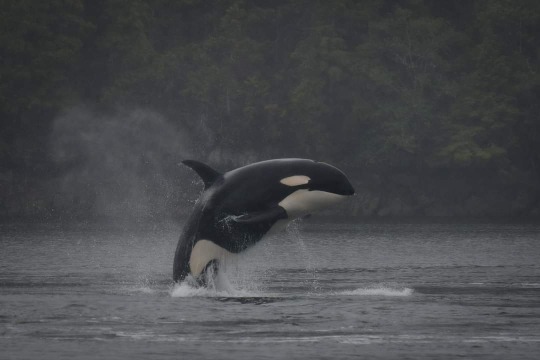
Bigg's killer whale Orcinus orca
Observed by marciecjohn, CC BY-NC
#Orcinus orca#Bigg's killer whale#Cetacea#Delphinidae#cetacean#whale#dolphin#North America#Canada#British Columbia#Pacific Ocean#Clayoquot Sound
133 notes
·
View notes
Text
It's so hilariously American-centric to say that
This (Southern Resident)
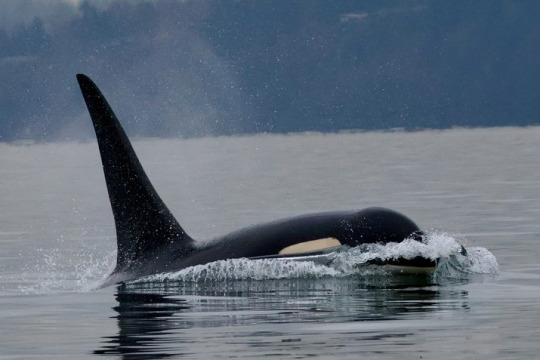
Is a distinct species from this (Transient/Bigg's):
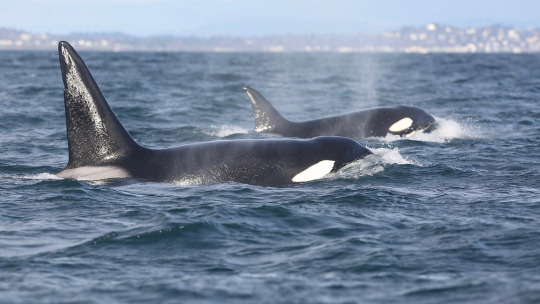
-
But that means that this (Bremer Canyon offshore ecotype)
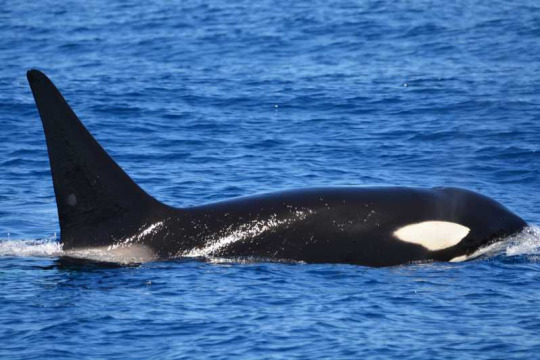
is the same species as this (Type D Antarctic ecotype)

And is also the same species as this (Icelandic ecotype)
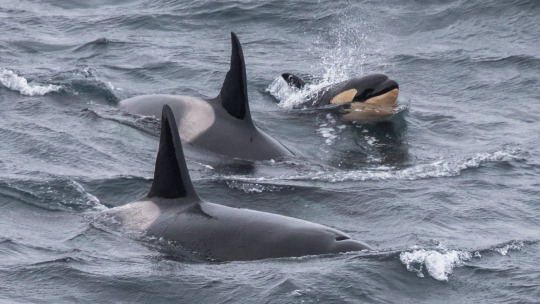
I get we have a lot of data on Residents and Transient/Bigg's but it's going to get real confusing if we start defining killer whale ecotypes as entirely different species - especially if the most distinctly different ecotypes are being ignored.
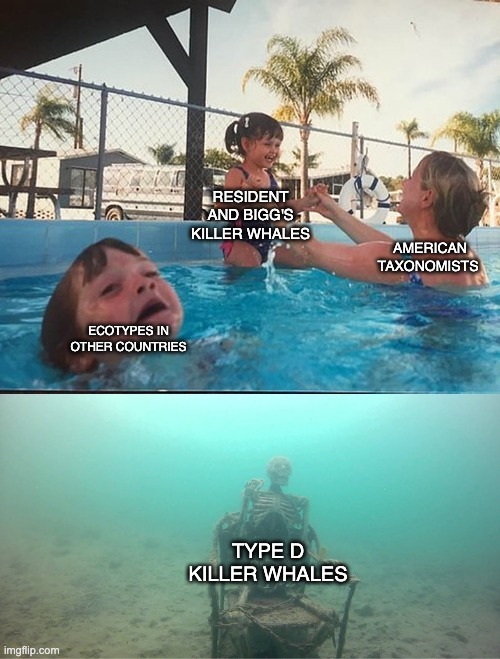
Edit: I am mostly joking here and I get that by defining them as a separate species, they could be considered more for protections like the endangered Southern Residents. However I feel like they will still be referred to as killer whales by the general public, who will be going off visual rather than the other genomic evidence provided in the paper.
It's not a huge drama, really. It's just going to be interesting to see if every ecotype is going to be given its own species classification and how that relates to the conversation about culture transmission and hybridisation in killer whales as well.
#taxonomy is so weird#also I still feel weird about calling them Bigg's - calling animals after the people who discovered them feels colonialist to me#they existed before you discovered them you don't own them#idk people are weird about their killer whales in the Pacific Northwest too#killer whale#orca
9 notes
·
View notes
Photo


New prints and stickers are up in my shops! I got some Loving Orca prints and holographic art stickers on etsy and a whole bunch’a other stuff on redbubble and threadless. Check em out, if ya wanna.
#orca#srkw#Biggs orca#killer whale#art#illustration#painting#digital art#art prints#stickers#holographic stickers#shop#artist#foolstemper
5 notes
·
View notes
Text
April 28, 2022: Transients- Haro Strait

T049A3 and T049A6

T065B1 and T065B

T049A3 and T049A4

T065B1

T049A3
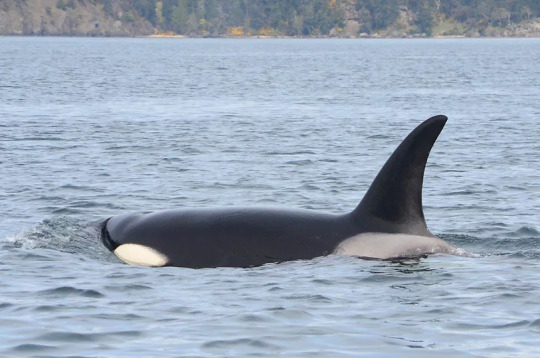
T049A4 and T049A6

T065B
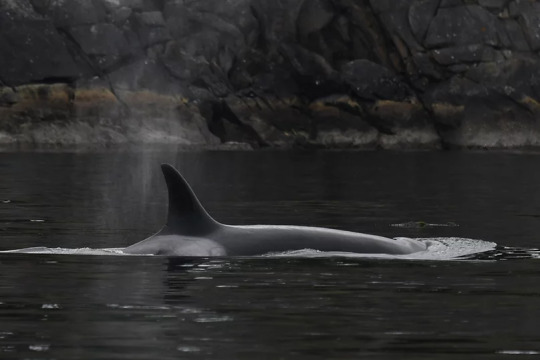
T049A and T049A6

T049A and T049A5

T049A and T049A3

T049A3 and T049A5

Photo Credit to the Center for Whale Research Encounter #19 - April 28, 2022
#T049A3#T049A6#T065B1#T065B#T049A4#T049A#T049A5#transients#west coast transients#Transient orcas#transient killer whales#biggs killer whales#West Coast Transients (Biggs)
6 notes
·
View notes
Text
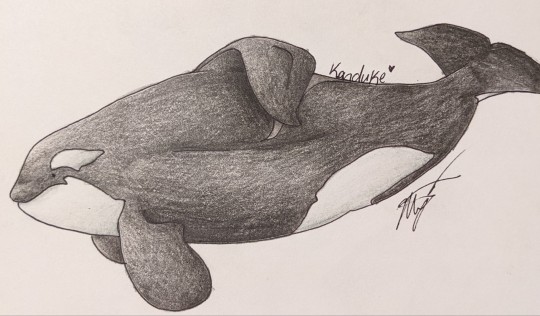
Kanduke, one of my all time favorite whales
#orca#orcas#killer whale#biggs transient#kanduke#seaworld#cetacean#ceta art#art#artists on tumblr#artistic#tradtional drawing#drawing#grims art
6 notes
·
View notes
Text

Transient Killer Whales art print poster. Available at cetek.etsy.com.
#orca#transient#bigg's orca#killer whale#artwork#whales#pacific northwest#orcinus orca#cetacea#dolphin
0 notes
Link
“When we arrived on scene we were greeted by a group of Bigg’s [transient] killer whales known as the T60s, circling the reefs apparently looking for harbor seals.”
#harbor seals#nature raw...#biggs#killer#whales#golf#golf balls#Victoria#VI#bc#Canada#news#via Apple News
0 notes
Text

🚨 A team of scientists, led by Phil Morin of NOAA, have published a new paper formally proposing two “new” species of killer whale: Bigg’s killer whales (Orcinus rectipinna) and resident killer whales (Orcinus ater).🚨
More than fifty years ago, researchers began studying the killer whales found off the west coast of North America. One keen-eyed scientist, Dr. Michael Bigg, noticed that there appeared to be two kinds of killer whales: a smaller, more gregarious form that fed on fish and a larger, stealthier type that fed on marine mammals. He and his colleagues dubbed the fish-eaters “resident” killer whales and the mammal-eaters “transient” killer whales (who were later renamed Bigg’s killer whales in his honor).
Two female Bigg’s killer whales in Washington (top) and a male and female resident killer whale in Alaska (bottom)
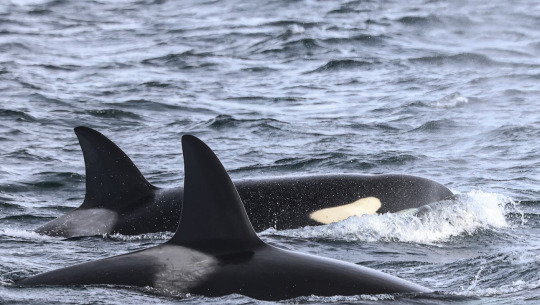

Many decades later, scientists have been hard at work trying to resolve whether or not these two forms are different species. It is not an easy task. This requires a thorough investigation into many factors, including evolutionary history, genetics, morphology, ecology, and behavior. In this paper, the researchers lay out all of the evidence and conclude that these two forms warrant elevation to species status.
As newly proposed species, both need new scientific names. There have been numerous killer whale species proposed and described in the past by other naturalists and researchers, including those in the North Pacific. Unfortunately, there are no type specimens— individual specimens upon which the first descriptions of a species are based—available for killer whales previously described from the North Pacific, so the researchers were left to examine drawings and illustrations of killer whales in the North Pacific in the late 1800s by Scammon and Cope.
The authors propose “Orcinus rectipinnus” for Bigg’s killer whales and “Orcinus ater” for resident killer whales. “Rectipinnus” presumably refers to tall dorsal fins, and “ater” means “black” or “dark” in Latin. Of note is the fact that a female killer whale from California originally examined and described by Scammon as “Orcinus rectipinnus” had seals in her stomach, suggesting she was a Bigg’s killer whale.
In addition, the authors note they are consulting with Indigenous tribes for a new common name for resident killer whales.
What’s next? In marine mammal biology, proposed taxonomic changes are reviewed by the Society for Marine Mammalogy’s taxonomy committee. If accepted, these species revisions become “official.” This has been an eagerly awaited paper by many in the field of killer whale biology and it is a great accomplishment, made possible by decades of research by scientists around the world.
A big thank you to lead author Phil Morin for letting me preview the manuscript and for answering my numerous questions in preparation for this post!
Read the paper here!
#killer whale#orca#science communication#marine biology#marine mammal#cetaceans#marine mammals#orcas#whales
543 notes
·
View notes
Text
You guys want Orca pun tea that helps fund orca conservation and research in the Salish Sea? (The names are, of course, based on the names of these three bull Transient orcas, all with big reputations)

#orca#marine biology#marine conservation#transient orca#transient killer whales#Biggs killer whales#Ooxjaa#chainsaw#rainy
80 notes
·
View notes
Text

Orca acrobatics 💦 Captured here is a member of the T002 pod - a family of five transient orcas. Her nickname is Tasu and she was born in 1989. She has 2 sons, 2 daughters, and is a mighty good backflipper.
Transient killer whales, also known as Bigg's killer whales, travel the waters from southeast Alaska to Southern California!
📸: Kristian Gillies Photography
168 notes
·
View notes
Text
And while I'm posting about taxonomy, I just found out that I missed the resurrection of Subulo for the common brown brocket "Mazama" gouazoubira, so I'll likely be updating that soon... though, I wonder if anything else will be placed in the genus? Mazama sensu lato is all over the place.
Also, the first steps of the big killer whale revision have been taken, but I may be slower to implement Orcinus rectipinnus and Orcinus ater (in part because several killer whale observations I have from the Eastern North Pacific may not be readily IDable to one form or the other, and in part because I'm hoping more stuff will follow soon).
#posting about taxonomy#Cervidae#deer#common brown brocket#Subulo gouazoubira#Orcinus ater#resident killer whale#Orcinus rectipinnus#Bigg's killer whale#Orcinus orca#killer whale#Cetacea#Delphinidae#cetacean#dolphin#whale
7 notes
·
View notes
Text
Toxic chemicals produced from oil emissions and wildfire smoke have been found in muscle and liver samples from Southern Resident killer whales and Bigg's killer whales.
A study published today in Scientific Reports is the first to find polycyclic aromatic hydrocarbons (PAHs) in orcas off the coast of British Columbia, as well as in utero transfer of the chemicals from mother to fetus.
Continue Reading.
#Science#Enviroment#Animals#Ecology#Climate Change#Global Warming#Pollution#Killer Whales#Orcas#Whales
92 notes
·
View notes
Text
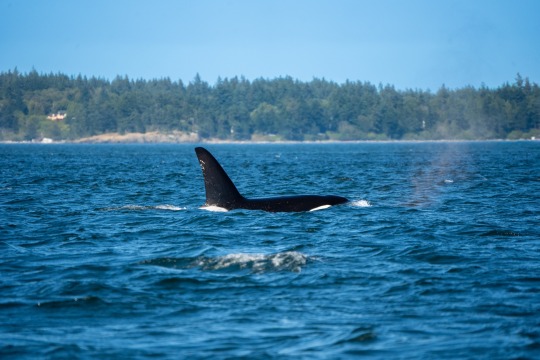
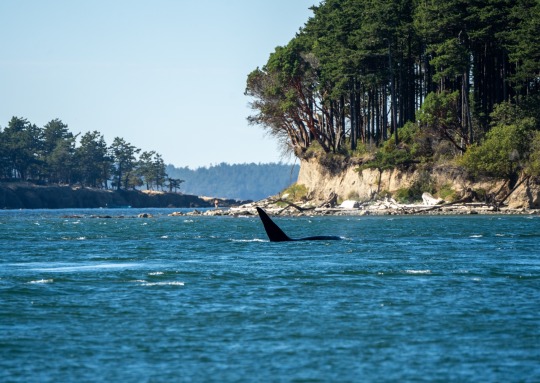


This past month I was lucky enough to see orcas in the wild for the second time. They blew my mind up in Washington just as much as they did in Alaska last year. I honestly have no words to describe how magical it is to see them in the wild. I guess now I need to just base all our trips around where I can see orcas!
We saw a couple different family pods but a few of these photos are of Galiano who is a member of the T18 Bigg’s Killer Whale family. His massive dorsal fin is 6ft tall! Orcas are matriarchal where females run the show but there’s something so breathtaking about seeing a dorsal fin that size slicing through the water so gracefully.
Sound on for the last video to hear me absolutely losing my shit at Galiano coming up so close to us.
#orcas#wild orcas#killer whale#wildlife#san juan islands#whales#whalewatching#salish sea#animals#pacific northwest
6 notes
·
View notes